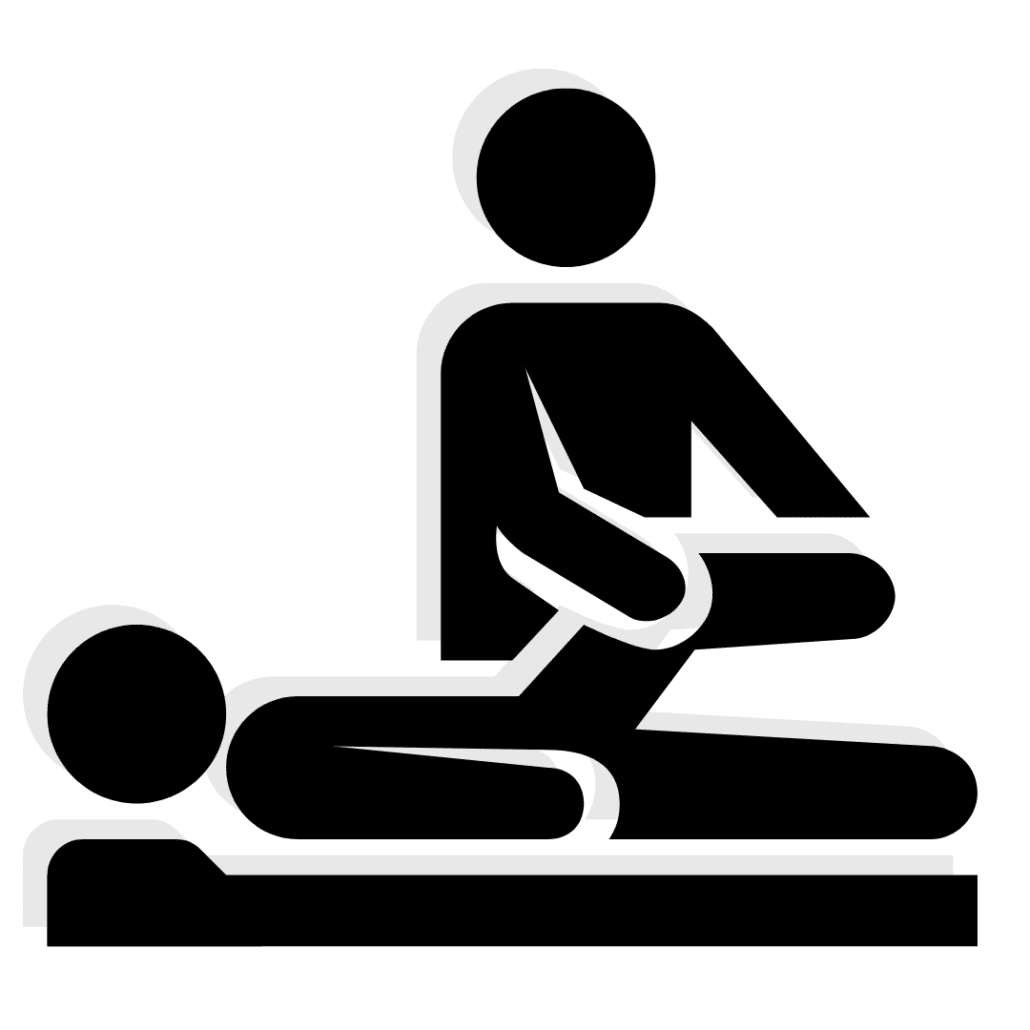It’s okay to say you don’t know
In the manual therapy setting, we often have patients, other therapists, and even ourselves searching for answers to many questions –
Why is this joint sore? What are the mechanisms of this intervention? Why did I wake up with a sore neck? What is going to be the best exercise for this pathology?
The list goes on… and on… and on….
We have all most likely aspired to be as precise and exact with our answers at some point in our careers to these questions. But maybe we don’t have to be so precise with our answers, especially when we understand that these questions have a significant multifactorial input.
There is a long history for the use of manual interventions, and these have continued because they have had some level of benefit to the patients that have received it, whether it was through their intended purpose, placebo, natural progression, or underlying mechanisms that we now understand more fully.
Massage therapy has been used for potentially 5000 years or more –
Electrotherapy for close to 2500 years –
And joint manipulation techniques being described by Hippocrates in a similar timeframe!

Each of these therapies have had numerous changes to their understanding and clinical reasoning for therapeutic effect, and we can’t expect that suddenly, this change in understanding is going to stop because we’ve reached the end and have all the answers.
Time and history are unforgiving – what we believe to be true in the past is eventually corrected, with new information and improved reasoning coming to light – old ideas quickly seem outdated and are often ridiculed, sometimes even leaving us laughing and thinking “How did they not know the truth, they must have been so naïve…”
So, we must view our own understandings and beliefs in the same way – otherwise we’ll be viewed in hindsight just as naïve and misinformed as the previous generations of health care professionals.
It’s not uncommon for patients to ask why we’ve chosen or prescribed a particular intervention, and so we will just as often need to give some form of an answer – what I’d suggest, is that we take comfort in our current understanding, or lack thereof, and that we’ll change our chosen tools and prescriptions as these understanding update with time.
Instead of continuing to push narratives that have proven to be quite harmful, such as lengthening tissues, putting joints back in place for correct nerve function, removing toxins from the system, strengthening weak and vulnerable joints and muscles, or any magic and fantastical explanations, we should advise our patients –
“This modality/technique/intervention has had a lot of recent updates in our understanding, the most current information that I’ve come across tells us that…
“…but our understanding is always updating, and so it may be a different answer in years to come.
“Having a therapeutic effect is most important for us here, and there are most likely similar mechanisms involved with multiple other interventions, so we don’t need to rely solely on this one but can utilise it whilst needed.
Removing the need for exact answers resolves the issue of professionals holding their value and identity to a single modality, profession, technique, or mechanism, and allows for us to work with a range of tools – understanding that there is a possibility that these may have overlapping mechanisms and effect, but the focus is on benefit for the patient and their goals.


